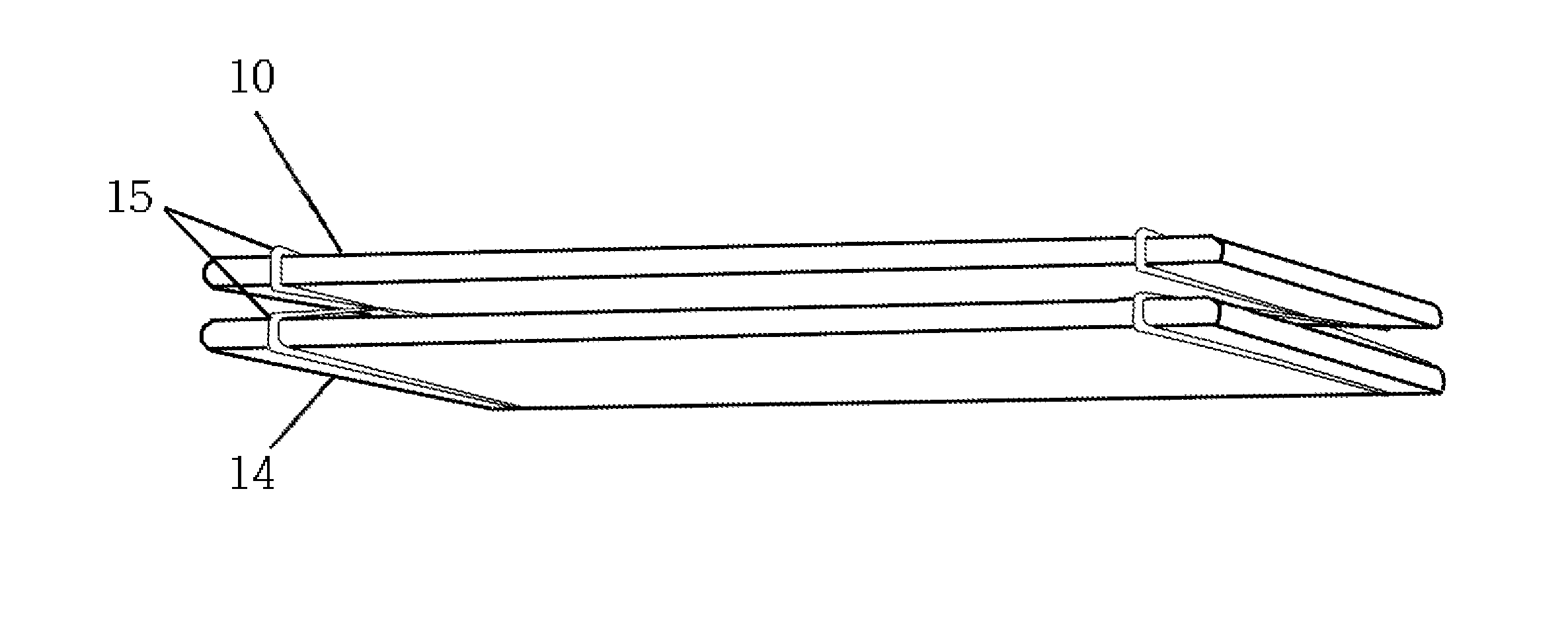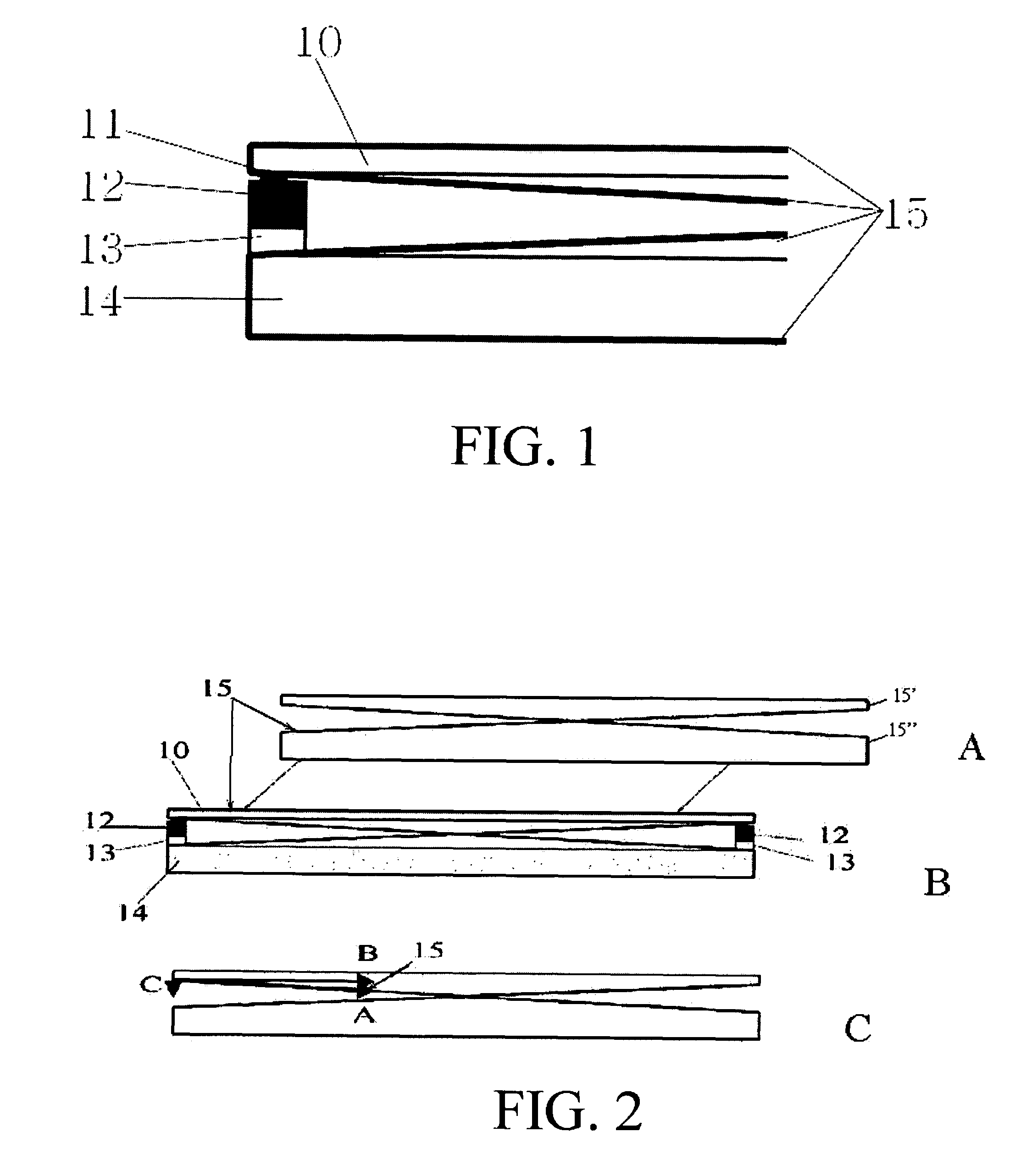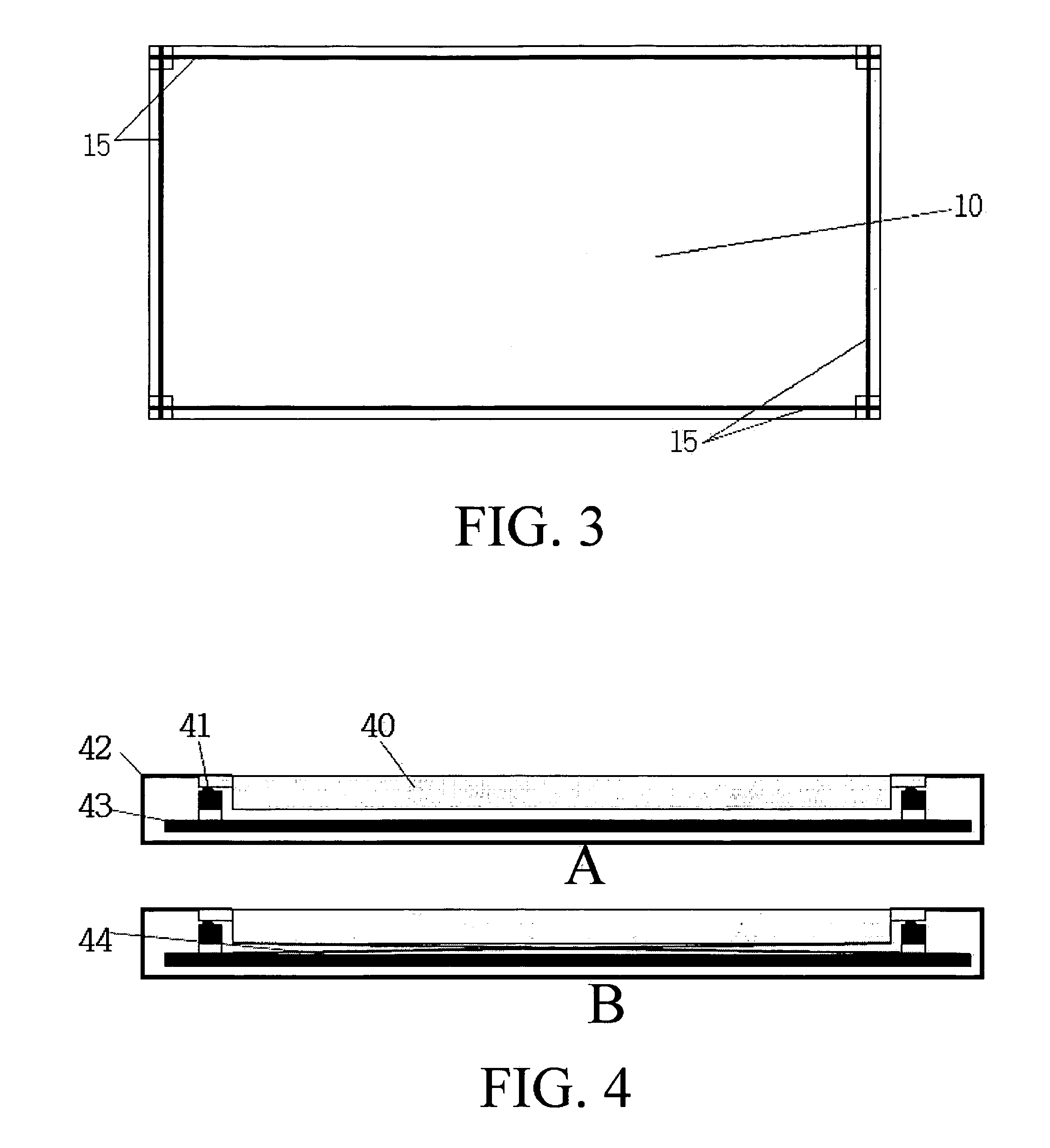Integrated feature for friction less movement of force sensitive touch screen
a touch screen and friction-less technology, applied in the direction of electrical apparatus construction details, instruments, casings/cabinets/drawers, etc., can solve the problems of mechanical implementation, difficult to produce high-quality touch screen solutions, and problems that must be overcome, so as to reduce the dependency on extremely tight mechanical tolerances
- Summary
- Abstract
- Description
- Claims
- Application Information
AI Technical Summary
Benefits of technology
Problems solved by technology
Method used
Image
Examples
Embodiment Construction
[0056]The present invention is a mechanical suspension for a touch screen display that does not add any additional non-linear forces to a touch screen system, and which preloads the touch screen sensor(s) to alleviate the need for extremely tight mechanical tolerances. The invention adapts a unique and different approach for mechanically connecting a touch screen lens to the force sensors, and to also provide a pre-loading force against the sensors with minimal non-linear changes over applied force pressure.
[0057]The illustrated embodiments of the present invention adhere to the following principles which are required for proper operation.[0058]The two opposing surfaces defined by the touch lens and sensor mounting plane, need to be flat and parallel.[0059]The touch lens needs to touch the sensors when at rest (non-touch mode), with or without pre-loading applied.[0060]The touch lens needs to be free to move down towards the bottom plate when a force is applied on the top of it.[006...
PUM
 Login to View More
Login to View More Abstract
Description
Claims
Application Information
 Login to View More
Login to View More - R&D
- Intellectual Property
- Life Sciences
- Materials
- Tech Scout
- Unparalleled Data Quality
- Higher Quality Content
- 60% Fewer Hallucinations
Browse by: Latest US Patents, China's latest patents, Technical Efficacy Thesaurus, Application Domain, Technology Topic, Popular Technical Reports.
© 2025 PatSnap. All rights reserved.Legal|Privacy policy|Modern Slavery Act Transparency Statement|Sitemap|About US| Contact US: help@patsnap.com



